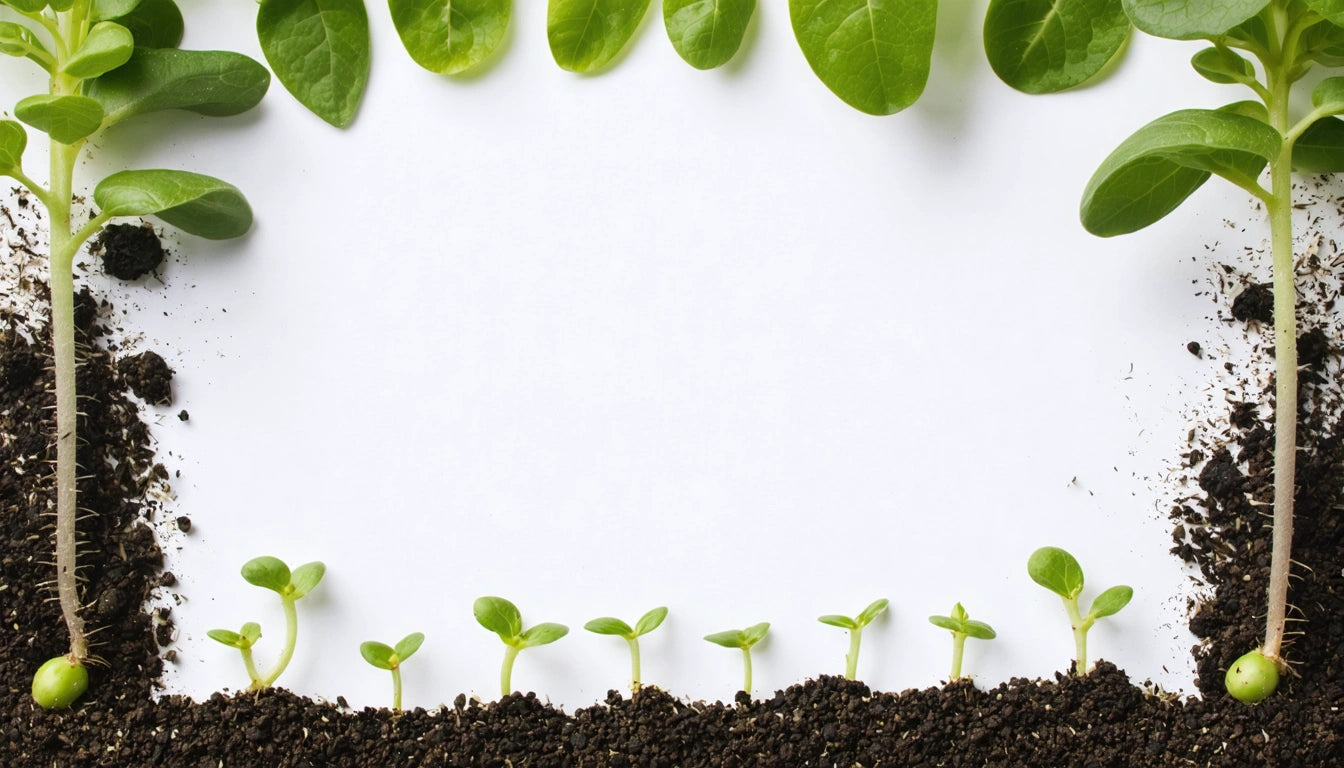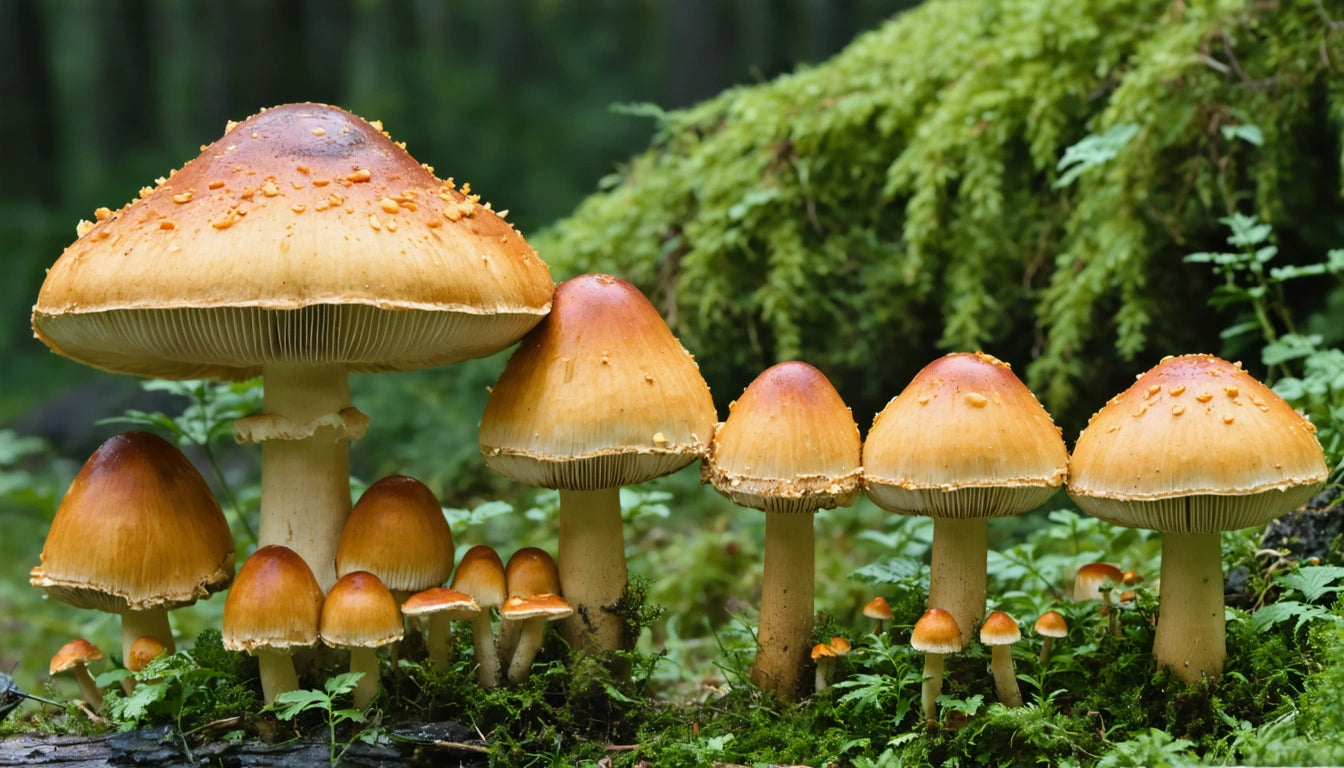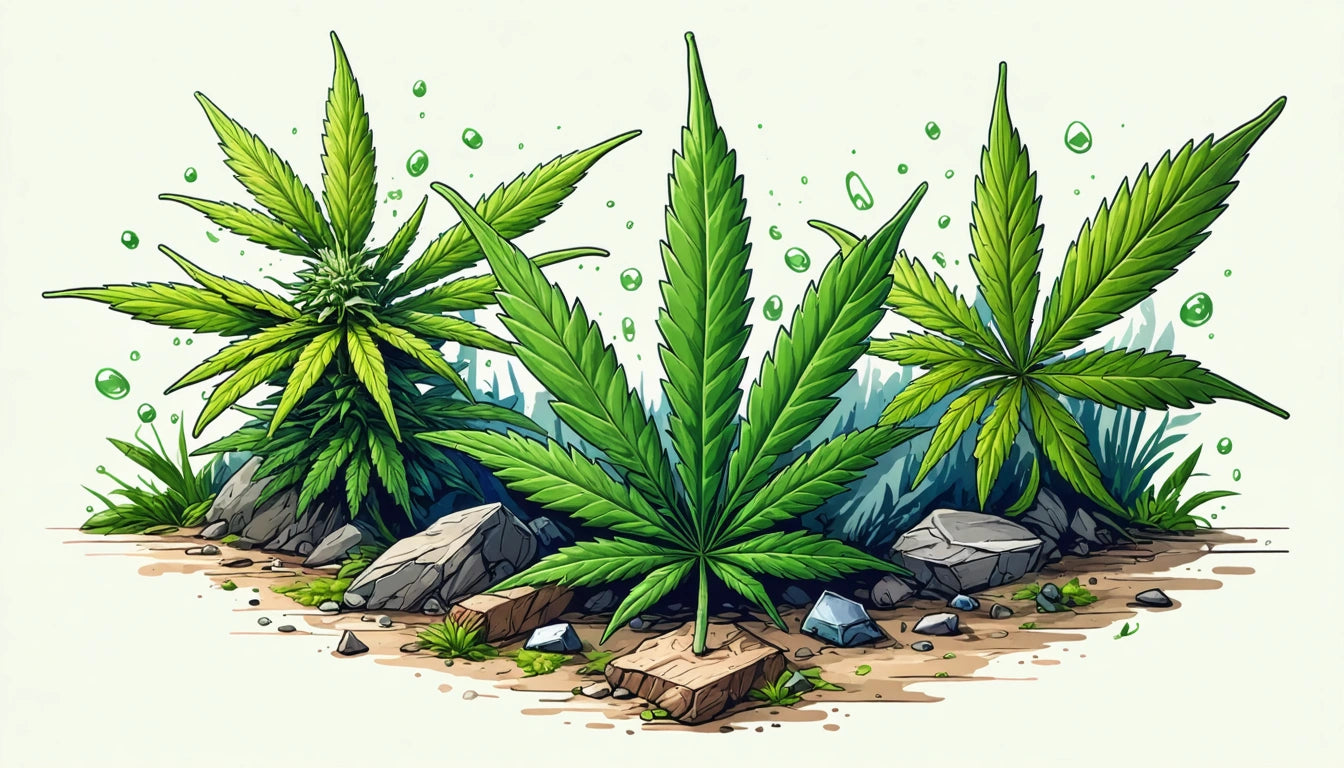- Understanding Seed Germination Basics
- Best Methods for Germinating Seeds
- Germinating Different Seed Varieties
- Optimal Conditions for Seed Germination
- Planting Germinated Seeds Successfully
- Effective Seed Preservation Techniques
- Troubleshooting Germination Problems
- Maximizing Germination Success Rates
The Ultimate Guide to Germinating and Preserving Seeds
Successful cultivation begins with proper seed germination. Whether you're growing vegetables, fruits, herbs, or cannabis, understanding the best way to germinate seeds is crucial for healthy plant development. This comprehensive guide covers everything from basic germination techniques to specialized methods for different seed varieties, along with effective preservation strategies for long-term storage.
Understanding Seed Germination Basics
Germination is the process where a seed transforms from dormancy into a growing seedling. For this transformation to occur, seeds require the right balance of moisture, temperature, and oxygen. When these conditions are met, the seed coat softens, allowing water absorption that triggers enzymatic activity and growth.
The ideal germination environment varies by plant species, but generally includes:
- Consistent moisture without waterlogging
- Appropriate temperature range (typically 65-75 °F for most seeds)
- Adequate oxygen for cellular respiration
- Proper light conditions (some seeds require light while others need darkness)
Best Methods for Germinating Seeds
Paper Towel Method
The paper towel method is widely considered the best way to germinate seeds quickly with visual monitoring. This technique works exceptionally well for cannabis, vegetables, and many flower varieties.
To implement this method:
- Moisten paper towels without saturating them
- Place seeds between the damp paper towels
- Store in a warm location (70-85 °F)
- Check daily and maintain moisture until germination occurs
Direct Soil Planting
Direct soil planting mimics natural germination conditions and reduces transplant shock:
- Use seed-starting mix or well-draining potting soil
- Plant seeds at appropriate depth (generally 2-3 times the seed's width)
- Keep soil consistently moist but not waterlogged
- Cover with plastic to create a greenhouse effect if needed
Water Soaking Pre-Treatment
Pre-soaking can dramatically improve germination rates for seeds with hard coats:
- Soak seeds in room-temperature water for 12-24 hours
- Seeds that sink are viable; floating seeds may not be viable
- Transfer to your preferred germination medium after soaking
Germinating Different Seed Varieties
How to Germinate Pepper Seeds
Pepper seeds require specific conditions for optimal germination:
- Higher temperatures (75-85 °F) than most garden seeds
- Consistent moisture without waterlogging
- Patience, as they can take 7-21 days to germinate
Many gardeners wonder how to get pepper seeds to germinate more reliably. Adding bottom heat via a seedling heat mat significantly increases success rates.
Germinating Fruit Seeds
For those curious about how to germinate grape seeds or how to germinate pineapple seeds, these fruit varieties often require stratification (cold treatment) or scarification (breaking the seed coat) before germination:
- Grape seeds benefit from 2-3 months of cold stratification
- Pineapple seeds germinate best in warm (80 °F), humid conditions
- Citrus seeds like lime should be planted immediately after extraction while fresh
Herb Seed Germination
Learning how to germinate mint seeds and other herbs requires attention to their specific needs:
- Mint seeds need light to germinate, so press into soil without covering
- Maintain consistent moisture with a spray bottle
- Provide bright, indirect light during germination
Optimal Conditions for Seed Germination
The best temp for germinating seeds varies by species, but most garden plants fall within these ranges:
- Cool-season crops: 60-75 °F
- Warm-season crops: 70-85 °F
- Cannabis seeds: 70-85 °F
Humidity levels should remain between 70-90% during germination. For cannabis cultivators specifically, the best way to germinate mj seeds involves maintaining these precise environmental conditions.
Planting Germinated Seeds Successfully
Knowing when to plant germinated seeds is crucial for seedling survival. The ideal time is when the radicle (primary root) has emerged and is approximately 1/4 to 1/2 inch long.
For step by step how to germinate seeds and plant them:
- Prepare containers with quality potting mix
- Create a small hole with a pencil or finger
- Gently transfer the germinated seed, root facing down
- Cover lightly with soil (1/4 inch maximum)
- Water gently, preferably from below
For cannabis growers, proper storage of seeds before germination is equally important. Many cultivators use specialized mylar storage bags that protect seeds from light, moisture, and temperature fluctuations until they're ready for germination.
Effective Seed Preservation Techniques
Understanding how to preserve seeds long term extends your growing potential for years. The best way to preserve seeds involves controlling three key factors:
- Temperature: Store between 32-41 °F for most seeds
- Moisture: Keep relative humidity below 10%
- Light: Store in complete darkness
Long-term preservation methods include:
- Paper envelopes inside airtight containers with desiccant packets
- Refrigeration in sealed glass containers
- Freezing for very long-term storage (works for many, but not all, seed types)
Troubleshooting Germination Problems
When seeds fail to germinate, several factors may be responsible:
- Age: Learning how to germinate old seeds often requires pre-treatments like scarification or hydrogen peroxide soaks
- Moisture levels: Too much water causes rotting; too little prevents activation
- Temperature fluctuations: Consistent temperatures are crucial
- Seed quality: Poor storage conditions reduce viability
For difficult seeds, pre-germination techniques can help. Learning how to pre germinate seeds using techniques like scarification or stratification can dramatically improve success rates with challenging varieties.
Maximizing Germination Success Rates
The journey from seed to seedling represents the most vulnerable stage in a plant's life cycle. By understanding the specific requirements of different seed varieties and implementing the proper techniques, you can significantly increase your germination success rates.
Remember that patience is essential, as some seeds naturally take longer to germinate than others. Cannabis seeds typically germinate within 2-7 days, while pepper seeds might take up to three weeks. By following the guidelines in this article and adapting to the specific needs of your chosen plant varieties, you'll be well on your way to successful cultivation from seed to harvest.











Leave a comment
All comments are moderated before being published.
This site is protected by hCaptcha and the hCaptcha Privacy Policy and Terms of Service apply.